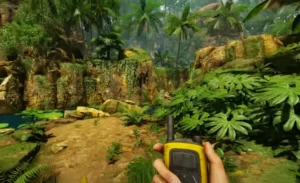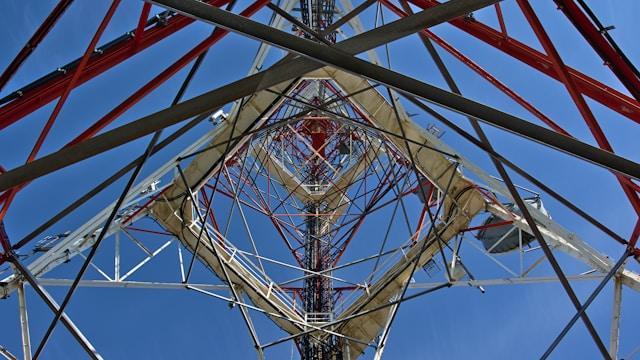In recent years, the popularity of survival games has skyrocketed, with players seeking immersive experiences in challenging environments. One game that gained significant attention is “Green Hell,” set in the heart of the Amazon rainforest. While it offers a taste of surviving in this lush yet treacherous environment, how does it compare to reality? In this blog post, we will explore and contrast Green Hell’s depiction of the Amazon rainforest with its real-life counterpart.
1. The Setting:
Green Hell presents an impressive virtual rendition of the Amazon rainforest’s dense foliage and diverse wildlife. However, while visually captivating, it cannot fully capture all aspects of this vast ecosystem spanning nine countries across South America.
The Amazon boasts unparalleled biodiversity, home to countless species, including jaguars, anacondas, macaws, and over 40 thousand plant species! It is essential to understand that no video game can replicate such intricate details accurately.
2. Survival Mechanics:
Survival mechanics play a crucial role in Green Hell’s gameplay and actual survival scenarios faced by individuals venturing into remote areas like the Amazon rainforest.
In-game challenges include managing hunger levels through hunting or foraging for food sources while avoiding poisonous plants or dangerous animals – mirroring some elements present in reality but on a simplified scale.
However, although these mechanics may appear within Green Hell’s framework, they pale compared to genuine hardships encountered when navigating unpredictable terrain amidst extreme weather conditions without access to modern conveniences or safety nets, as experienced by true explorers facing nature head-on.
3. Environmental Hazards:
One aspect where realism shines through both mediums is the environmental hazards prevalent throughout Green Hell’s gameplay experience, as well as life-threatening situations one could encounter deep within the authentic wilderness itself:
- Disease & Infections – Both realities highlight potential health risks. Green Hell simulates tropical diseases like malaria and leishmaniasis, while the real Amazon poses genuine threats like dengue or yellow fever.
- Venomous Creatures – The game showcases venomous snakes, spiders, and other dangerous creatures that can harm players. While these exist in reality, their prevalence might be exaggerated for gameplay purposes.
- Harsh Weather Conditions – Both the game and actual rainforest expose individuals to torrential rains and extreme heat combined with high humidity levels – factors contributing to fatigue and dehydration if not managed properly.
Conclusion:
While Green Hell offers an entertaining survival experience set within a visually stunning representation of the Amazon rainforest’s lush environment, it is essential to recognize its limitations compared to reality. No video game can fully replicate the complexity of surviving in one of Earth’s most biodiverse regions.
The Amazon rainforest remains an awe-inspiring yet dangerous place where explorers face daily unpredictable challenges. It serves as a reminder that virtual experiences cannot replace firsthand encounters with nature’s wonders nor adequately convey all aspects of navigating this unique ecosystem successfully.
Ultimately, both mediums have their own merits; games like Green Hell provide glimpses into what it takes to survive amidst harsh conditions but should never overshadow or substitute experiencing Mother Nature herself – especially when venturing into places as extraordinary as the natural Amazon rainforest!








